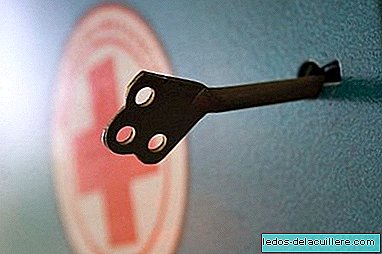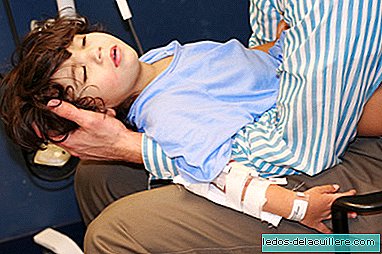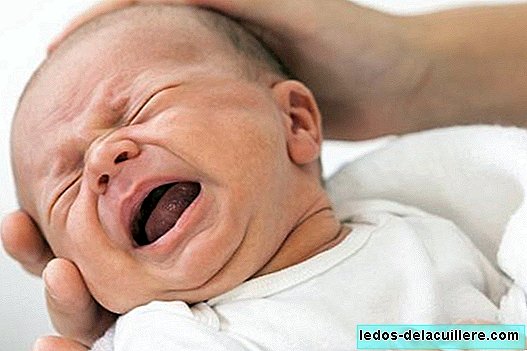
The toxins with which children contact vary greatly depending on age and type of poisoning. Drugs are globally the type of toxicity most frequently involved in poisonings, which justifies the importance of moving medicines away from children. But let's see what they are all the most frequent poisonings in childhood.
According to data from the Spanish Society of Pediatric Emergencies (SEUP), drugs would be responsible for 56% of pediatric poisonings, until adolescence. A second large group is made up of household products, and behind it are ethanol and carbon monoxide with 5% of the total poisonings respectively.
These percentages vary if we analyze the type of toxic according to age. For the strip that interests us, below the age of seven, we have the following data, of a total of 1700 cases of intoxication Registered:
- Drugs 1006 (59'2%)
- Household products 567 (33'4%)
- Carbon monoxide (CO) 50 (2.9%)
- Other 46 (2.7%)
- Illegal drug 12 (0.7%)
- Unknown 11 (0.6%)
- Alcohol 4 (0.2%)
- Polymedicamentoe 4 (0.2%)

As we see, medicines and household products (cleaning and others) occupy the head of this list of most frequent poisonings in childhood.
Among the drugs, anti-thermal agents are the most frequently involved in accidental poisoning in young children, especially paracetamol. The accidental intake of this medicine is today the most frequent cause of pediatric intoxication in our hospital.
In 70% of cases of poisoning by household products are children under three years. Caustics are the main involved, especially household bleach, which accounts for 4.5% of total poisonings, usually without sequelae. Behind are cosmetics, detergents and hydrocarbons
Any time is good to remain prudent and apply safety recommendations at home, in the kitchen, in the bathroom, when they start walking ... There are multiple dangers of poisoning in the home, and they have to be controlled as far as possible.
Remember that before the slightest suspicion of intoxication, especially in the case of young children, you should go immediately to the nearest Primary Care Center or Emergency Service, because the speed of care facilitates the management of poisoning, especially with regard to gastrointestinal decontamination.












